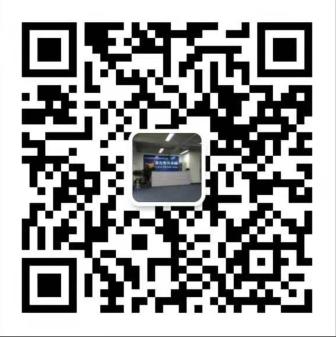专升本英语语法过去完成时

试题测试:
1.—Did Alan enjoy seeing his old friends yesterday?
—Yes, he did. He ________ his old friends for a long time.
A. didn’t see B. wouldn’t see
C.hasn’t seen D. hadn’t seen
答案D。
由于见朋友发生在过去(即昨天),而很久没有见到朋友自然是昨天的见面之前,即属于过去的过去,故用过去完成时。
2.—Tom came back home yesterday.
—Really? Where ________ at all?
A. had he been B. has he been
C. had he gone D. has he gone
答案:A。
have been to…去过某地(已回来),have gone to…到某地去了(没回来);又因为问的是Tom回来之前到去过某地,故用过去完成时态。
语法讲解:
1. 构成:
助动词had+动词的过去分词
2. 用法:
(1) 表示在过去某一时间或动作之前已经发生或完成了的动作或状态,即这一动作或状态发生的时间是“过去的过去”。如:
Mr. Black told me that he had seen the movie three times.
(“看”这一动作在“告诉”这一动作之前)
(2) 表示一个动作或状态在过去某时之前已经开始,一直延续到这一过去时间,而且到那时还未结束,仍有继续下去的可能性。如:
By 6 o’clock they had worked 12 hours.
3. 一些使用过去完成时的常见情况:
由by(在某时前,到某时)构成的短语表示过去的时间时,句子常用过去完成时。如:
By 9 o’clock last night, we had got 200 pictures from the spaceship.
By the end of last year, Henry had collected more than a thousand foreign stamps.
由by the time和when / before引导的时间状语从句使用了一般过去时,而主句的动作发生在从句动作之前,此时主句用过去完成时。如:
By the time we got to the cinema, the movie had been on for 20 minutes.
When we got there, the basketball game had already started.
The train had left before Tina reached the station.
含宾语从句的复合句中,主句使用了一般过去时,而从句的动作发生在主句动作之前,此时从句用过去完成时。如:
Thomas said he had worked in that factory since 1949.
4. 现在完成时与过去完成时的区别:
现在完成时表示的动作发生在说话之前某个没有明确说出的过去时间,侧重过去发生的动作对现在产生的影响或造成的结果,与现在有关;过去完成时的动作发生在“过去的过去”,它是一个相对的时态,不能离开过去的时间而独立存在。如:
We have learned 1,000 English words so far.
We had learned 1,000 English words by then.



